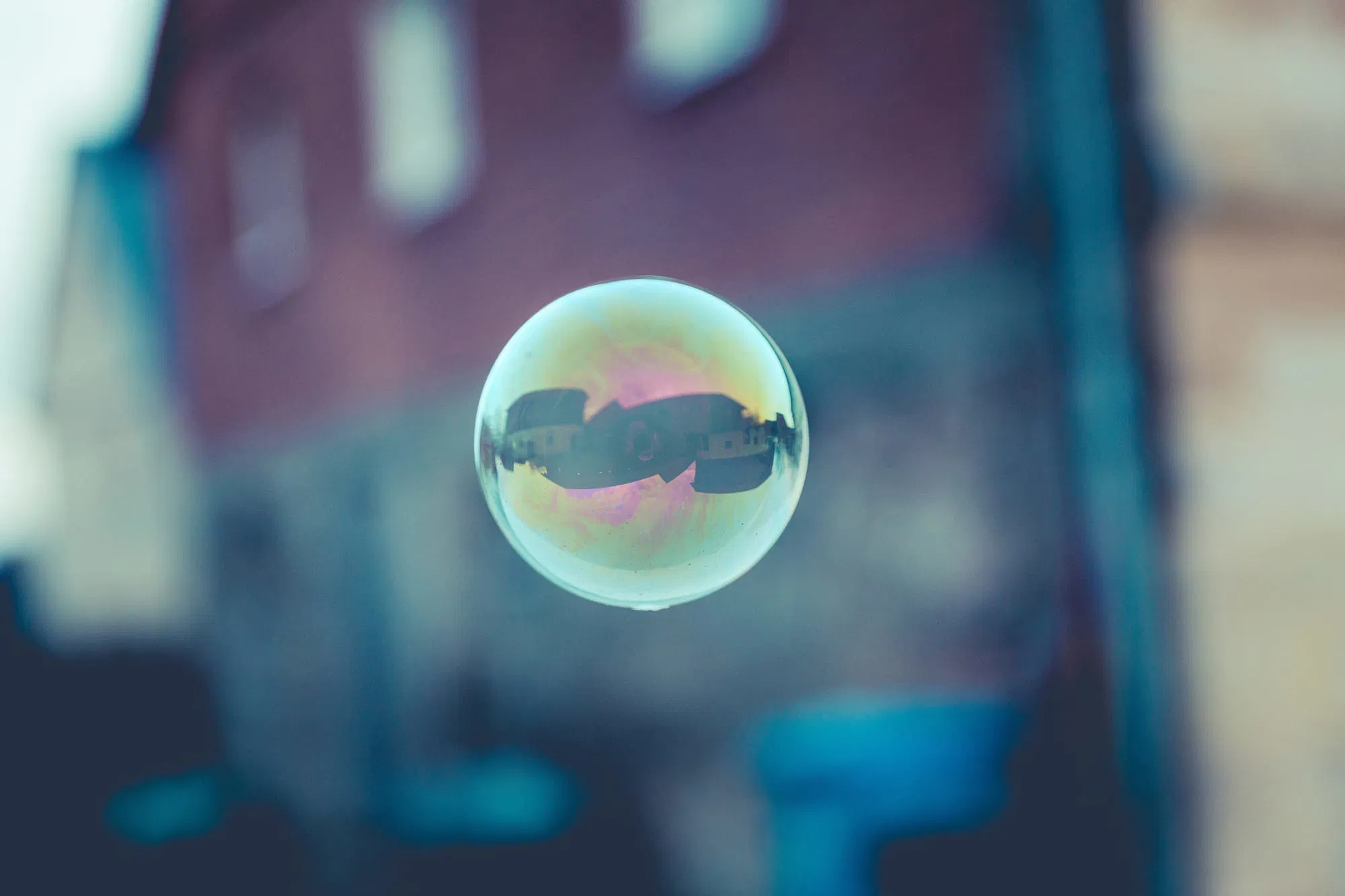Which Materials Can Catch a Bubble?

Bubbles are fun and beautiful—but they are also fragile! Bubbles are made from a thin film of soapy water with air inside. Many things can cause this film to break, popping the bubble. Bubbles will frequently pop when they come in contact with a solid surface, but they can even pop without touching anything, as the water in them gradually evaporates and the film gets weaker. However, sometimes you might notice that bubbles can land without popping.
Whether a bubble pops when it comes in contact with a solid surface depends on many factors, including the surface properties of the material. You probably know that different materials have different properties, some of which you can see or feel, like color or hardness. However, materials have other properties that are harder to detect directly. Surfaces can be hydrophobic (repel water) or hydrophilic (attract water). You can observe this by dropping water onto it and seeing whether the drops form big beads (hydrophobic) or spread out in thin sheets (hydrophilic). Whether a material is hydrophobic or hydrophilic depends strongly on its surface roughness.
Some materials, like sandpaper, have macroscopic surface features, meaning you can feel the bumps and see them with your naked eye. However, other materials have microscopic surface features. Even if a material looks and feels smooth to you, it might have very tiny bumps or pores. These can actually help the material repel water, because the surface of the water, held together by surface tension, is unable to penetrate the tiny gaps in the material. Other materials, like paper or sponges, have larger gaps that help them absorb water.
All of these properties, along with factors like how fast the bubble is moving and whether the surface is wet, can affect the likelihood that the bubble will pop when it lands.



